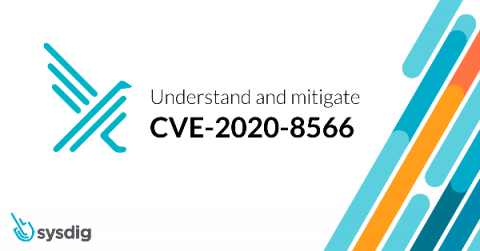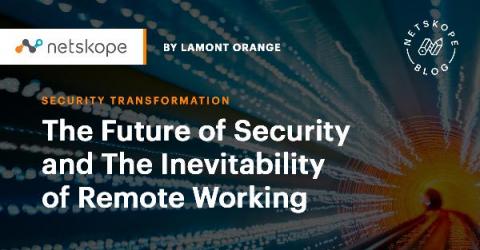Mobile device security explained
With recent global health events resulting in a surprise shift to an either completely remote or hybrid remote workforce for many organizations, the need to leverage mobile devices as work endpoints has grown significantly. This has created challenges for IT in maintaining both the ability to manage a wide range of devices, as well as securing them in a way that achieves corporate security objectives and governance.










